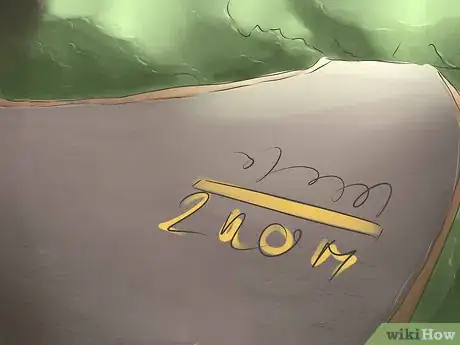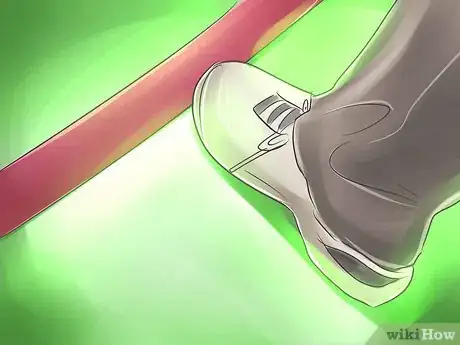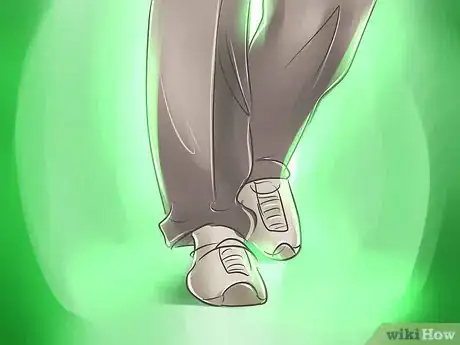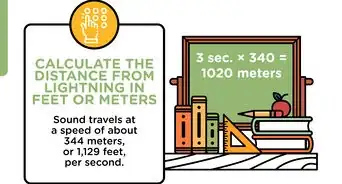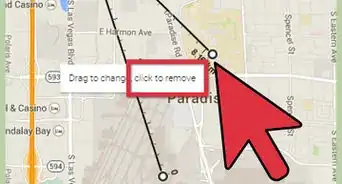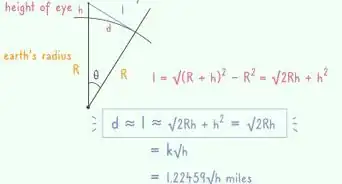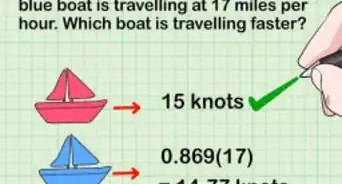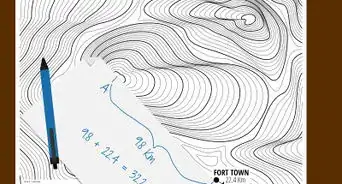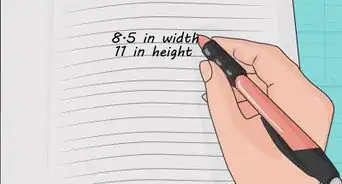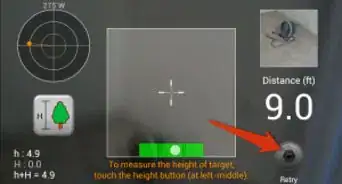X
wikiHow is a “wiki,” similar to Wikipedia, which means that many of our articles are co-written by multiple authors. To create this article, 10 people, some anonymous, worked to edit and improve it over time.
This article has been viewed 114,533 times.
Learn more...
Pacing is the practice of calculating the distance you have traveled based on the number of steps you have taken. This can be a very handy piece of knowledge, especially if you're out hiking or walking and you need to determine where you are on a trail or map.
There are generally two types of pacing, namely single and double pacing. Single pacing is counting every single step you take, while double pacing counts only on right or left foot steps.
Steps
Method 1
Method 1 of 2:
Track method
-
1Find a measuring resource. To find out what your pacing is, you will need some way to measure the distance you are going to cover. Some parks and cycling tracks have distances marked on the ground. A running track could also serve the purpose. Locate such a measuring resource so that you can work out your pacing using the following steps.
-
2Figure out whether you want to calculate your pacing in single or double steps. Double steps has the advantage of being half the number of steps to count!Advertisement
-
3Go to the starting marker on the track. Choose a suitable length to check yourself against – 200 meters or 200 yards is a good distance to calculate your pacing fairly accurately.
-
4Walk the distance you have chosen and count your pacing as you move forward. When you reach the end, take note of the number and divide it by 2. You will then get the number of steps you take to cover 100 meters or 109 yards.
- Somewhere between 55 and 70 double pacing steps is normal for most people. If you are using yards, 60 to 76 double paces is the normal range.
-
5Confirm your pacing by walking back exactly the same distance you have covered. Calculate your pacing for 100 meters or 109 yards and check to see if it is the same. If it is not the same, average the number to find your usual level of pacing. If needed, you could pace another distance to confirm your pacing.
-
6Apply your knowledge of your pacing to distance measurement to simple activities to test out your accuracy.
- Calculate the distance of a short walk, say from your home to a local store.
- Calculate a walk around a park.
- Calculate as you walk to work in the morning.
Advertisement
Method 2
Method 2 of 2:
Wet feet method
-
1Find a clear sidewalk or pathway. Fetch a tape measure.
-
2Fill a bucket with water. Pour this water down the sidewalk or pathway where you are going to walk. Make sure there is enough water to pool.
-
3Start walking through the water at your usual pace. Continue to walk beyond the water for another 10 strides.
- Walking through wet sand might also work for this method, provided you have a tape measure handy.
-
4Measure the distance from the heel of your left footprint of each of the wet left footprints.
-
5Average the distance measured to gauge your distance covered.
Advertisement
Community Q&A
-
QuestionHow many steps in 1 mile?
 DonaganTop AnswererIt depends, of course, on how long each of your steps is. For example, if one of your steps is 3 feet long, it would take you 5,280 / 3 = 1,760 steps (paces) to cover one mile. If one of your steps is 2½ feet long, it would take you 5,280 / 2½ = 2,112 steps to cover one mile.
DonaganTop AnswererIt depends, of course, on how long each of your steps is. For example, if one of your steps is 3 feet long, it would take you 5,280 / 3 = 1,760 steps (paces) to cover one mile. If one of your steps is 2½ feet long, it would take you 5,280 / 2½ = 2,112 steps to cover one mile.
Advertisement
Warnings
- Watch out for traffic, cyclists, and other people!⧼thumbs_response⧽
Advertisement
Things You'll Need
- A track with distance measurements painted on the ground; or
- A bucket of water and a measuring tape
References
- http://www.nalno.com - Original source, shared with permission.
About This Article
Advertisement
